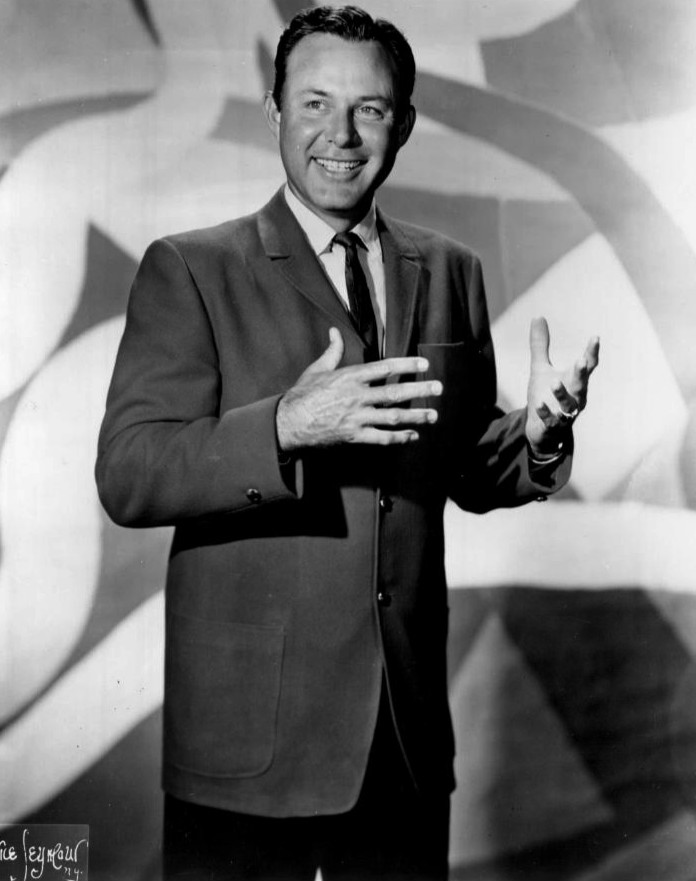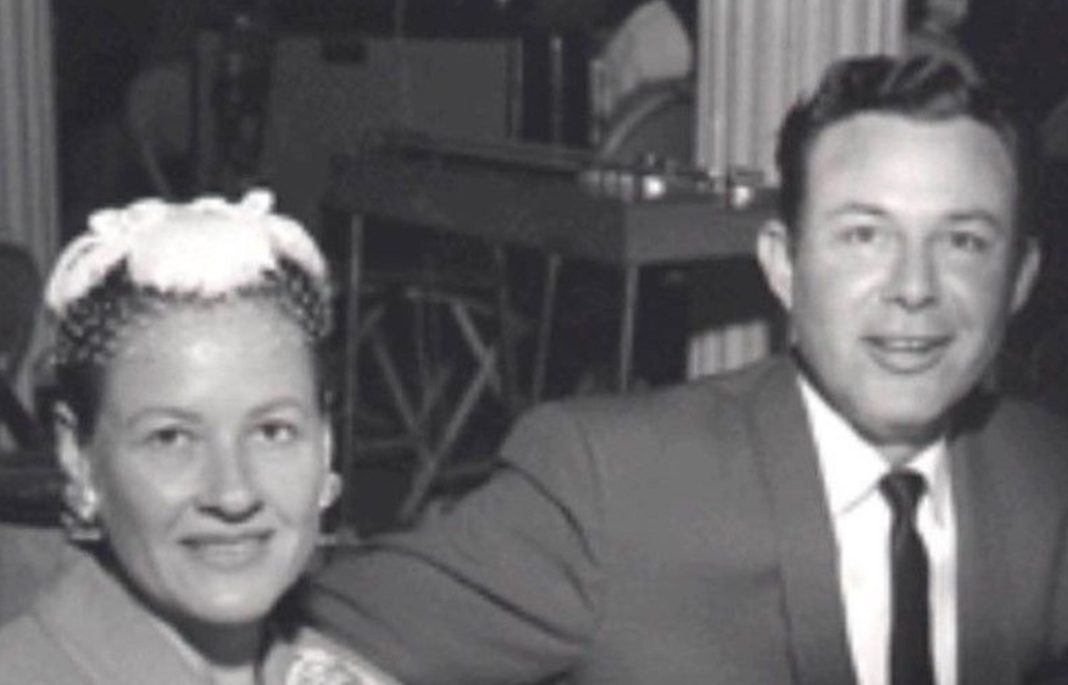The Lasting Impact of Jim Reeves’ “He’ll Have to Go”
In 1960, a pivotal moment in music history unfolded when Jim Reeves released his iconic song “He’ll Have to Go.” This track not only captivated listeners with its smooth vocals and lush orchestration but also served as a bridge between the realms of country and pop music. Jim Reeves, often referred to as “Gentleman Jim,” became a household name thanks to his distinct voice that resonated like pure velvet, paired with a style that was both sophisticated and polished. This song solidified his status as a legendary figure in Nashville and beyond, marking a turning point for country music.
Born in the heart of Texas, Jim Reeves took his first steps into the world of music after initially working as a radio announcer. His journey into the spotlight was not instantaneous; however, by the time “He’ll Have to Go” hit the airwaves, he had already carved out a notable career in country music. This track propelled him into a whole new stratosphere of fame, showcasing not just his vocal prowess but the entire ambiance he brought to his performances. The song is more than just a hit—it’s an embodiment of emotional depth and artistic sincerity.
The Story Behind “He’ll Have to Go”
The backstory of “He’ll Have to Go” adds another layer of intrigue to its legacy. Written by Joe and Audrey Allison, the inspiration for the song came from a real-life scene observed by Joe at a local bar. He overheard a man pleading with his lover over the phone, trying to recapture her affection. The heartfelt opening line, “Put your sweet lips a little closer to the phone,” captures a moment of longing that many can relate to. This blend of simplicity and vulnerability resonated deeply, making it a favorite among listeners.

When Jim Reeves recorded this song, he didn’t merely sing the words; he immersed himself in the emotion behind them. The production, led by the talented Chet Atkins, was intentionally minimalistic. By allowing Reeves’ velvety voice to take center stage, the arrangement became an intimate experience for the listener. The combination of his passionate delivery and the subtle instrumentation created a powerful emotional connection, which contributed to the song’s rapid ascent in popularity.
The Cultural Significance of a Classic
“He’ll Have to Go” quickly climbed the charts, topping the Billboard Country Chart and even reaching #2 on the Pop Chart, marking a significant crossover achievement for country music. This success illustrated that country could resonate with mainstream audiences without sacrificing its authenticity. The song became a cultural touchstone that transcended genres, appealing to listeners from all walks of life. The themes of heartbreak and yearning are universal, and Jim’s nuanced delivery effectively conveyed these sentiments. His ability to balance confidence with vulnerability made his performance unforgettable.
Following the immense success of “He’ll Have to Go,” Jim Reeves evolved into a global icon, touring extensively and sharing his love for country music with new audiences. He became more than just a country singer; he emerged as an ambassador for the genre, helping to redefine it. His sophisticated style helped pave the way for what would become known as the Nashville Sound—a polished, orchestral approach to country music that would influence countless artists in the years to come. Artists like Patsy Cline and Ray Price would later adopt similar stylistic choices, making Reeves a cornerstone in the evolution of country music.

A Legacy That Lives On
Despite the tragic loss of Jim Reeves in 1964 at just 40 years old, his music continues to resonate with audiences today. “He’ll Have to Go” remains a staple on jukeboxes and radio stations, ensuring that his smooth baritone is never forgotten. In recognition of his significant contributions to music, Reeves was posthumously inducted into the Country Music Hall of Fame, a testament to the lasting impact of his work. Additionally, he received multiple awards during his career, including the prestigious “Most Programmed Artist” award from the Country Music Association.
Today, “He’ll Have to Go” is celebrated as one of the most cherished country songs of all time, frequently appearing in films, television shows, and advertisements. Its enduring appeal lies in its raw emotionality and timeless melody, making it a song that continues to touch new generations. The legacy of Jim Reeves is palpable in the works of contemporary artists like Shania Twain, Taylor Swift, and Keith Urban, who have all drawn inspiration from his ability to blend country with pop elements without compromising authenticity. The influence of Reeves can be observed in modern country-pop hybrids, which owe much to the groundwork he laid.
A Song That Changed the Landscape of Music
In essence, “He’ll Have to Go” was not just a song; it was a pivotal moment in music history that demonstrated the potential for country music to be both emotional and sophisticated. Jim Reeves’ contribution to the genre set a standard for future artists, showcasing that music could connect people on a deeply personal level. The song remains a classic, a powerful reminder of the enduring nature of heartfelt storytelling through music.
As we celebrate Jim Reeves and his timeless masterpiece, let’s share this story, ensuring that future listeners can discover the incredible talent and emotional depth he brought to the world of music. In doing so, we honor not only his legacy but also the rich tradition of storytelling that country music embodies. The emotional resonance of “He’ll Have to Go” serves as a testament to the power of music to evoke feelings and memories, a gift that continues to enrich lives across generations.
















